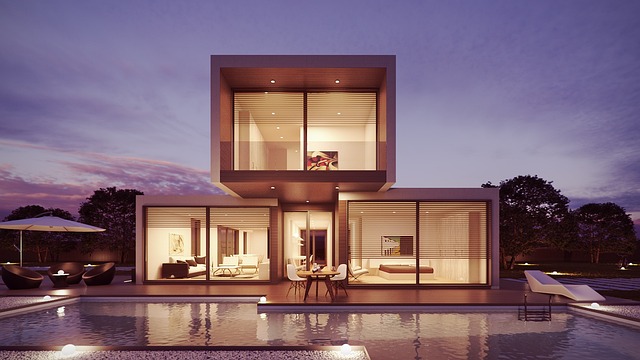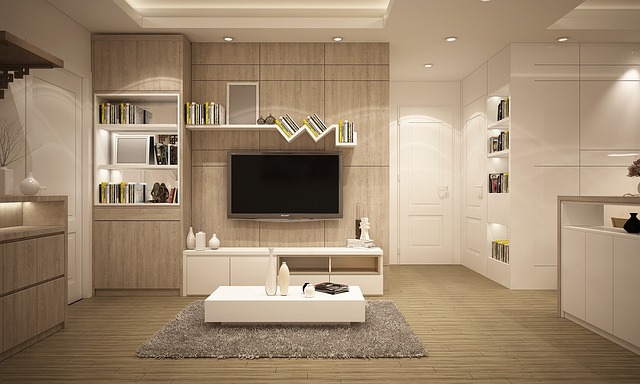Introduction: The Journey to Your Dream Home
Building or renovating your home is an exciting journey, one where you get to make your dream home a reality. It’s a time to infuse your personal style, preferences, and lifestyle into a space that you and your loved ones will call ‘home’. However, designing a home is no easy feat. It requires a lot of planning, resources, and expertise. This is where professional home designers come in. With their knowledge and experience, they can help transform your ideas into a concrete design that encapsulates your vision.
1. The Importance of Professional Home Designers
Professional home designers bring a wealth of knowledge and experience to the table. They are well-versed in space planning, interior design, and architectural design, which are all crucial elements in designing a quality home. They also have an understanding of local building codes and regulations, ensuring your home design adheres to these rules. A well-crafted design by a professional can significantly enhance the functionality, aesthetics, and value of your home.
2. The Home Design Process: Step-by-Step
The home design process typically begins with a design consultation. This is a meeting where you discuss your vision, preferences, and lifestyle with the designer. They will then create a preliminary design based on this information. Once the design is finalized, the designer will provide detailed drawings and specifications for construction. Throughout this process, they will work closely with you, making adjustments as needed to ensure the final design meets your expectations.
Share your inspiration, lifestyle, and any specific elements you want in your dream home. Professional designers will collaborate with you to develop initial concepts and sketches that capture the essence of your vision.

3. Benefits of Working with a Home Designer
Working with a home designer comes with several benefits. They can provide a fresh perspective and innovative solutions to design challenges. They can help you make informed decisions, saving you time and money. They can also manage the project, coordinating with contractors and suppliers to ensure a smooth and efficient construction process. In other words, they can make the journey to your dream home less stressful and more enjoyable.
4. Considerations when Choosing a Home Designer
Choosing the right home designer is crucial. You should consider their experience, portfolio, and client reviews. You should also consider their approach to design. Do they prioritize functionality, aesthetics, or both? Do they specialize in a particular style or are they versatile? Are they open to your ideas and feedback? These are important questions to ask when selecting a home designer.
5. The Role of Sustainable Design in Home Designing
Sustainability is a growing trend in home design. More and more homeowners are opting for designs that are not only beautiful but also environmentally friendly. Professional home designers are well-positioned to incorporate sustainable design principles into your home design. This could mean using energy-efficient materials and technologies, maximizing natural light, or creating a landscape that conserves water. A sustainable design not only reduces your home’s environmental impact but can also lower your energy bills and improve your home’s indoor air quality.
6. Budget Discussion:
Be transparent about your budget during the early stages. This will help the designers create a design that is not only beautiful but also feasible within your financial constraints.
7. Site Assessment:
If you have a specific location in mind, the designers will assess the site's topography, orientation, climate, and any other relevant factors that might influence the design.
8. Preliminary Design:
Based on your input and the site assessment, the designers will create preliminary design options. These could include floor plans, elevations, and 3D visualizations to help you better understand how the space will look and function.

9. Refinement and Feedback:
Review the preliminary designs and provide feedback. Work closely with the designers to refine the design based on your suggestions and their expertise. This iterative process will help ensure the design aligns with your vision.
10. Materials and Finishes:
Collaborate with the designers to choose materials, finishes, and color palettes that match your style and preferences. They can guide you toward options that are durable, sustainable, and within your budget.
Conclusion: Turning Your Dream Home into Reality
Designing your dream home is a significant undertaking, but with the right professional home designer, it can be a rewarding and fulfilling experience. They can provide the expertise, creativity, and guidance needed to turn your dream into a reality. So, whether you’re building a new home or renovating an existing one, consider hiring a professional home designer. They can help you create a home that is not only beautiful and functional but also a true reflection of you.
Comments
Post a Comment